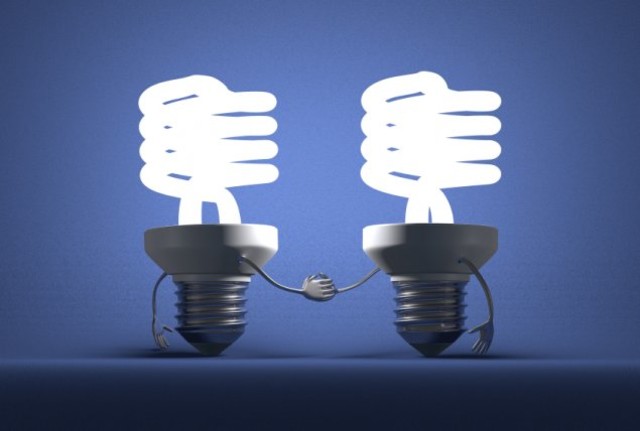
Turn off the lights extension full#
MSU is an affirmative-action, equal-opportunity employer, committed to achieving excellence through a diverse workforce and inclusive culture that encourages all people to reach their full potential. If you or others will be out of a room for more than 15 minutes, turn it off.Įcosystems are complex and so is being “GREEN”!.If you or others will be out of a room for 15 minutes or less, leave it on.Michigan State University Extension recommends these general rules-of-thumb for saving energy and protecting the planet:įor incandescent bulbs, turn off the light if everyone will be out of the room for more than 1 minute So, how do we utilize this information in our everyday lives? The cost of replacing a bulb (or ballast) depends on the cost of the bulb and the cost of labor to do it. The most cost-effective length of time that a lamp (or set of lamps) can be turned off before the value of the savings exceeds the cost of having to replace bulbs (due to their shortened operating life) will depend on the type and model of bulb and ballast. Replacing bulbs increases the energy and costs required to purchase and replace the bulbs.Replacing bulbs requires more raw materials for manufacturing (including the energy required to make, process, transport),.The reduction of lamp life due to frequent on-off cycles is much greater for “instant start” bulbs as compared to the more frequent “fast start” bulbs. This is somewhat dependent upon the type of fluorescent lamp that you have and your needs. This study indicated that fluorescent bulbs that were switched on and off every five minutes only lasted 15 percent as long as those that were on for three hours before being switched off-that means just 1,500 hours of active life, rather than the advertised 10,000! While turning lights on and off every 5 minutes would be unusual, even durations of 3 hours on and 10-15 minutes off can significantly reduce the life span of the bulb. A 1998 study conducted by the Lighting Research Center at Rensselaer Polytechnic Institute examined how a fluorescent bulb’s useful life was affected by its duty cycle, i.e. The case for fluorescents is further complicated since turning fluorescents on and off reduces their life span or duty cycle. Department of Energy suggests that this “inrush” of energy only lasts 1/120 of a second and is equivalent to only a few seconds of energy use.

Some have suggested that the additional energy needed to initiate the lighting process in fluorescents outweighs the energy saved by turning off the lights. How about for fluorescents? Since fluorescents are so much more efficient at producing light than incandescent bulbs and have a longer life span, the situation is different.

This is largely because there is no additional energy needed to initiate the lighting process. If you turn them off when the light is not needed, even for a short period of time, you will be saving electricity. The case for turning off incandescent bulbs (which are being phased out of the marketplace) is relatively clear cut. We see ads telling us this we put stickers on wall plates in public places telling us to turn off the lights increasingly there are motion sensors that turn off the lights after a few seconds of no activity. Most of us believe that turning off the lights when you leave a room saves energy, reduces the emission of carbon and is the “green” thing to do.


 0 kommentar(er)
0 kommentar(er)
